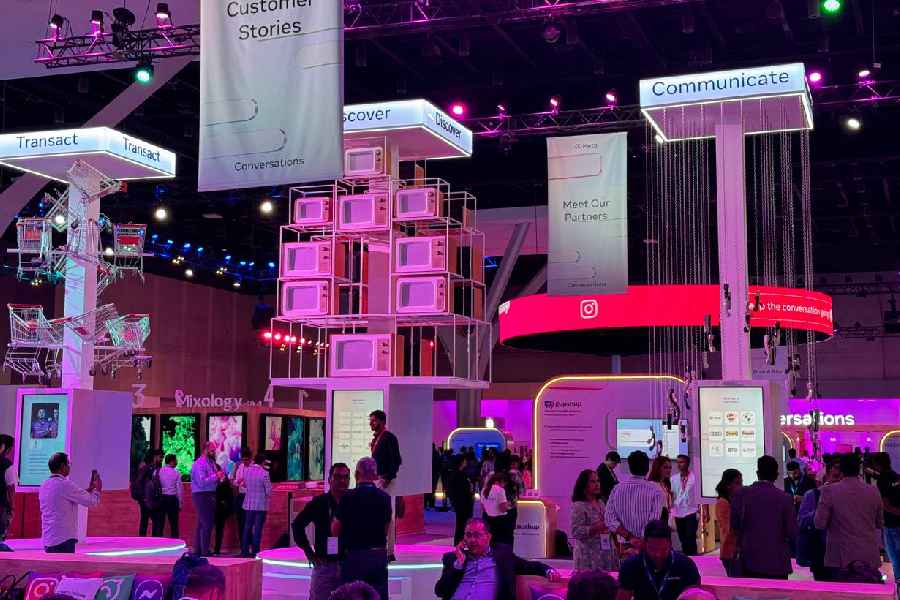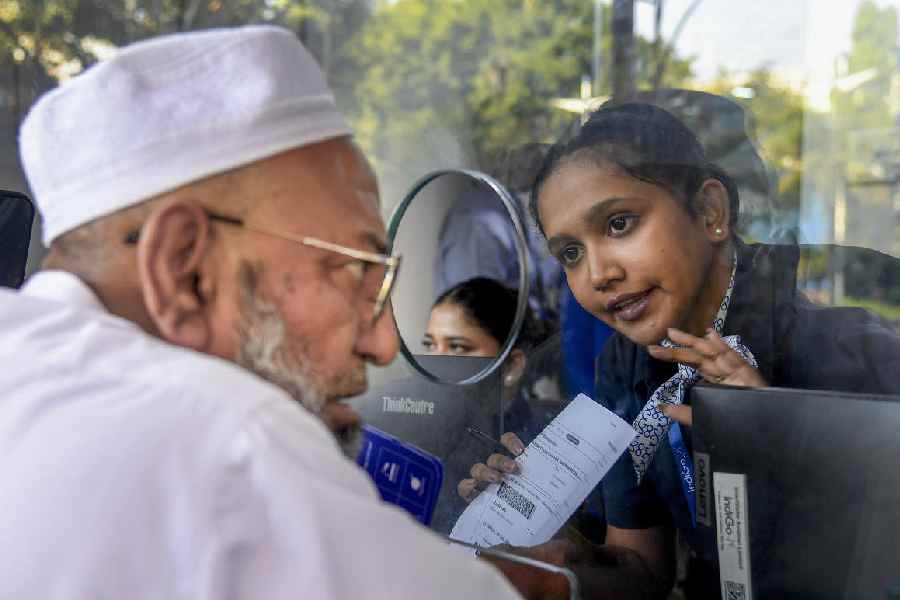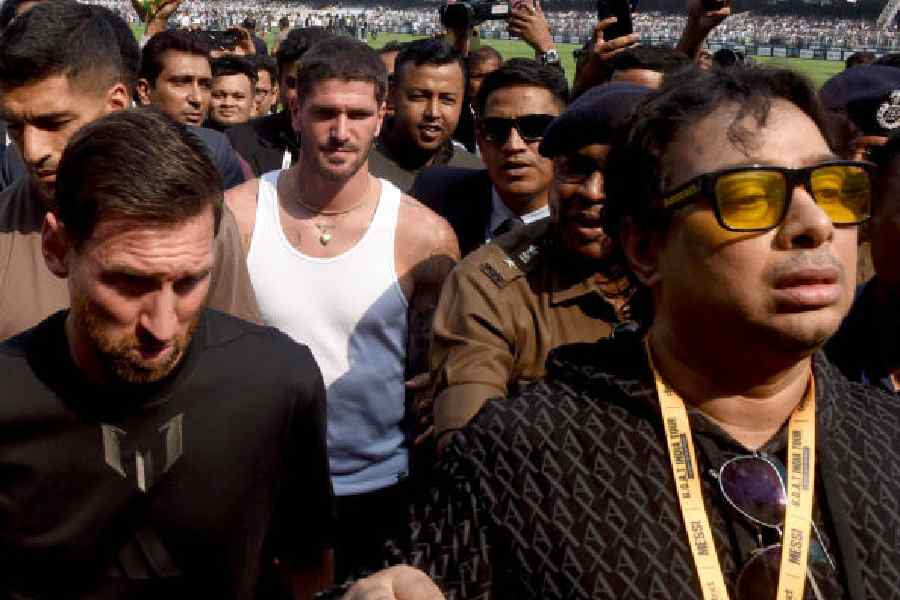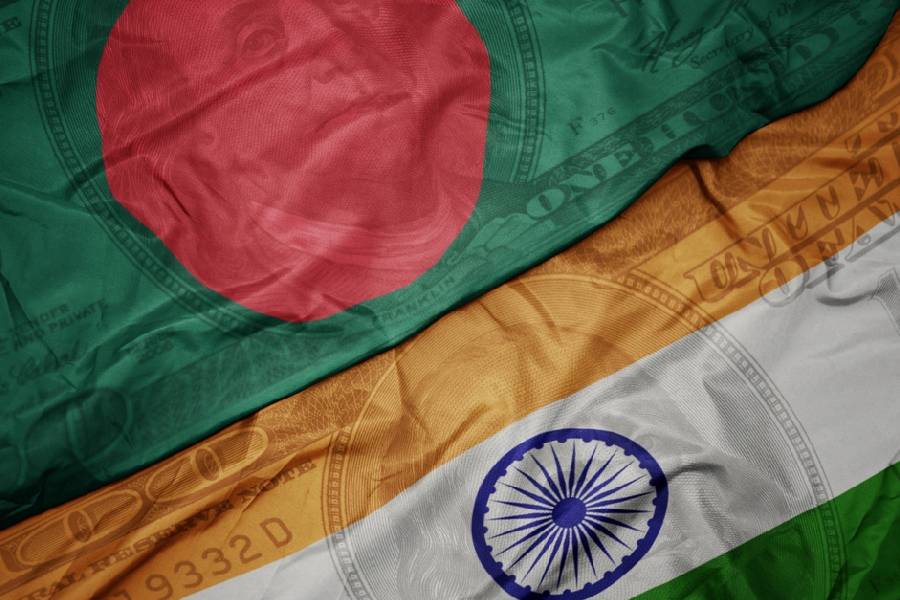Every other person I meet is talking about how they are spotting the latest trends on Instagram. These are people who like to find unique items for their wardrobes and constantly lean towards small businesses. Given the turmoil life brings every day, most end up looking at the happier end of the spectrum by visiting Instagram. Then there are those who are simply happy to be on Facebook. And then there are those who want more from Threads (by Instagram), the latest social media platform under the Meta umbrella.
Recently, Meta CEO Mark Zuckerberg, in a conversation with The Verge, made an interesting observation: “In a product like Threads, where people may want to see more recent content, as opposed to something like an Instagram or Facebook, where it’s more visual and the balance might just be balancing toward maybe a little more quality, even if it’s 12 hours ago instead of two hours ago.”
What does it mean? How is Instagram helping small businesses? Should your approach be different to Instagram, Facebook and Threads? Do you need to focus on videos vis-a-vis photograph-heavy posts? How long should a post be?
‘Best time for creator ecosystem’
There are plenty of queries and we presented a few of them before Paras Sharma, director of content and community partnerships, Meta, India.
First, an overview of where the Meta social media universe stands. If we are to consider all the Meta apps — WhatsApp, Instagram, Messenger and Threads — there are more than 3.88 billion monthly active users. Consider the world’s population — 8.1 billion. It opens up an immense opportunity for creators as well as for users. Influencer marketing firm Zefmo said earlier this year that India has over 100 million content creators and the revenue share of micro-influencers is growing in leaps and bounds.
But that doesn’t mean we have reached peak figures. There’s enough headroom to grow, says Paras. “If we look at the percentage of creators in India, versus the percentage of people on the Internet, India has a far higher headroom to grow compared to China; 30-40 per cent more can be done. We are still just scratching the surface or the repository of a greater ecosystem coming from Tier-II and Tier-III towns.”
If you look at it from a demand perspective, there are a few angles. One, if we were to say that video is one of the dominant content categories for creators, and if we were to ask what percentage of Internet users in India consume video, that’s around 60 per cent, the number is 70 per cent in Indonesia, 80 per cent in the US and 90 per cent in China, which means growth opportunity is very much on the cards.
“Second, within the video format, let’s talk about short-form, because that’s the one which has skyrocketed in the last three years per se. One industry report says that by 2025, there will be around 650 million Internet users in India consuming short-form video content on a daily basis, close to 50 to 60 minutes. It means there is a demand for video content, and we still have headroom to grow. There’s no better time than the present to be in the creator ecosystem,” says Paras.
Look beyond cities
Content creators in India are coming in large numbers from beyond cities. If we look at the base of the pyramid, that’s where the growth is coming from, which is, Tier-II, Tier-III and Tier-IV towns.
“Look at the top 100 accounts on Instagram, which have got one to three million followers, 40 per cent of them are from Tier-II and Tier-III towns. It says a lot about the people following these accounts. If you look at the last four years, Tier-III growth rate has been as high as that of Tier-I. And this is 500,000-plus followers,” Paras tells us on the sidelines of Meta Conversations 2023, which was hosted in Mumbai.

A Meta-inspired creative corner at Conversations 2023, organised by Meta, in Mumbai Pictures: The Telegraph
Further, content is being driven by different languages. “Easily a little less than half would be non-Hindi and non-English content, which is coming from regional languages. It means regional language creators and the regional language creator ecosystem is moving up. There are examples in our own pop culture. Let’s take a look at songs. It’s not only in the context of India, the top 20 songs globally, which were used to make the most amount of Reels, many of them are from India. Look at the success of the K.G.F. Chapter 2 song or take the case of Kacha badam (by Zoobaer) from Bengal. It’s not just about the quantum of original content, they’re also making an impact on pop culture,” Paras tells us.
Niche creators have a place
There is, of course, a push in the number of content creators, but there has also been a great deal of diversification as far as content goes. Earlier, it was mainly about entertainment-related content but now the push is for different genres, like parenting, tech, auto, finance, do-it-yourself, coaching… all of these genres and subgenres are now coming to the fore.

Shivani Kapila has created her corner on Instagram
Paras says, “There is a creator (Diksha Arora) who creates content for people who want to learn how to ace interviews but are not good in English. She has got over 1.5 million followers. This content category, a couple of years back, wasn’t something which would have come intuitively to mind when you thought of a creator.
Or consider Little Glove (@littleglove_aka_shivani). She talks about parenting. They have huge traction within their community of fans because they’re creating content or something that resonates with that 1.5 million or 800,000 people. For brands that want to reach out to an audience for their product, whether it’s education courses or parent-related products, these creators are gold.”In the “old world media mix”, there used to be a GC channel, and then we had “niche” channels. “Similarly, brands when they look for a greater mix, they’re finding such gems.”

(l-r) Diksha Arora has a huge following on Instagram, Paras Sharma, director of content and community partnerships, Meta, India
Photos or videos?
Video as a format has evolved. But it doesn’t mean there is no room for photos or just posts. Paras talks about a few phases. “The first phase is like ‘what I saw today’. People share what they see; it could be aspirational. It’s a picture kind of a thing. The next phase is what I did today’. It’s early stages of video, but it’s also about the nature of content. Then came the pandemic. It changed a lot of things. When the pandemic arrived, it was almost like ‘what I experienced today’; people started to open up, more content of that nature started coming in and the barriers of what I am sharing or expressing started to drop. The nature of content, in a way, became personal. We are in a phase where we say, ‘what I want to experience or experiment with’. It’s almost like pushing the boundaries of innovation.”
He gives the example of Neel Ranaut, who hails from the small village of Teliamura in Tripura. He got to walk the ramp for Abu Jani-Sandeep Khosla in 2020. “As these phases begin, how people express themselves also evolves. So if text along with picture was the best way to express myself in one phase, video is helping in another phase.”
Should you focus on Reels or posts?
It’s a question we keep asking ourselves. If you look at Facebook, as an app, it’s for social discovery, which can open your world, in a small or big way. If you look at Instagram, it’s about everyday creativity.“Different people use different formats for their everyday creativity. From a creator point of view, if you want to engage and build your audience, there is a tool like Story; it’s a moment of time and involves easy updates. Then there is feed post where you want to update on something that’s happening. It’s also where creators get more involved. As you grow, you want something special to give to your superfan community. That’s where Instagram Broadcast Channel comes in. It’s about the content you have.”
Instagram is constantly evolving. “Last year after doing a test where we showed and recommended a lot of Reels, when we got the feedback, globally, we changed the mix of media in it. So you’ll see your feed post and you will see your Reels. Every feed on Instagram or Facebook is personalised, depending on your tastes and likes,” says Paras.
What should you post on Threads?
After many years, a successful new social platform has come in — Threads, which is from Instagram. A few days ago Zuckerberg said: “We set the culture for Threads early on in terms of being a more positive, friendly place for discussion will hopefully be one of the defining elements for the next decade as we scale it out.”
At first, there was a record number of signups for Threads but then engagement dropped. But Meta is constantly coming up with tools to drive engagement. It also depends on how users go about their posts.
When we asked Paras about how one should select posts for Threads, he had an easy answer. Instagram is about everyday creativity that connects you and your creative expression through a post, a picture, a video, or anything around it. You’re sharing it with your large community of fans. Some of it can also be discovered by people who don’t follow you. Threads is about conversations. How do I create a conversation loop around things that I’m interested in, and where I engage with people, which is around my community, as well as topics, or issues or things which are very close to me. It’s primarily conversations. Text is the primary driver of the format. Of course, to enhance the conversation and the topic, you can include video and pictures.
Paras says: “If the International Cricket Council is posting about all the captains standing there and its new video on Instagram, on Threads they will talk about ‘Hey, this is what the lineup looks like’. That’s a conversation. If you look at a creator who’s posted something like a recipe, where the focus is on the creation of the recipe, that would have more to do with Instagram. Threads could be the place to discuss the spices that have gone into it. That’s a conversation.”
Spending too much time on Instagram?
Of course, all this means we are spending a lot of time on Instagram. A few days back, a few journalists were comparing notes on how much time we are on Instagram. Let’s just say it was sizeable.
Paras is cautious when he is asked whether we are spending too much time on the platform. “There are two parts to it. One involves the people who create and the other is about the people who use. We have multiple tools for creators so they don’t get stressed, or get trolled by what they’re creating. You can even take a break. Or you can auto-schedule posts. Then there are safety tools, because if they’re creating, there’s a chance that there will be trolling. Creators can hide certain words and even negative words.”
He then turns to the user. “One of our policy initiatives is with schoolchildren and the government to talk about digital suraksha. We got some celebrity creators/public figures, who offered tips for parents and then for kids. We constantly incorporate safety features into the app and come up with community-building messages. You want to build a system which is sustainable.”
Creators are making a living
At the end of the day, creators want to make money and for many, it’s a source of livelihood.
“This is new India where a part involves showing what I’m interested in and being able to put out and say, ‘This is what I want to do.’ At the same time, many see this as a way to earn money. One of the most important things that we do and focus on is where the value of monetisation comes from. It comes from when a creator has a strong and sustainable audience base. You will be able to monetise something if people like your content or what you express and what to share. Second, what goes into our app in terms of features? We build for them features to help their creativity. If someone has an interest in music, what are the things that we are enabling them so that they can produce better music?
”Finally, we touched upon the character limit of 2,200 on Instagram. Many use it as a blogging platform. Will it ever increase? Paras says text as a format is more visible on Threads. “The core principle of every product is how we give people the power to build communities through the conversation and how we can connect them.”
So what does Paras use the platform for? You have to meet him to appreciate his enthusiasm. He follows small and medium businesses and shops for his wardrobe from many of these places. He follows a lot of food creators and those who engage in comedy. In other words, he is like you and me.
After the pandemic years, Meta had a lot of time to reassess where it was headed. They have found a solution — create meaningful conversations and keep connecting people. As for past controversies? Let’s keep that for some other day.










